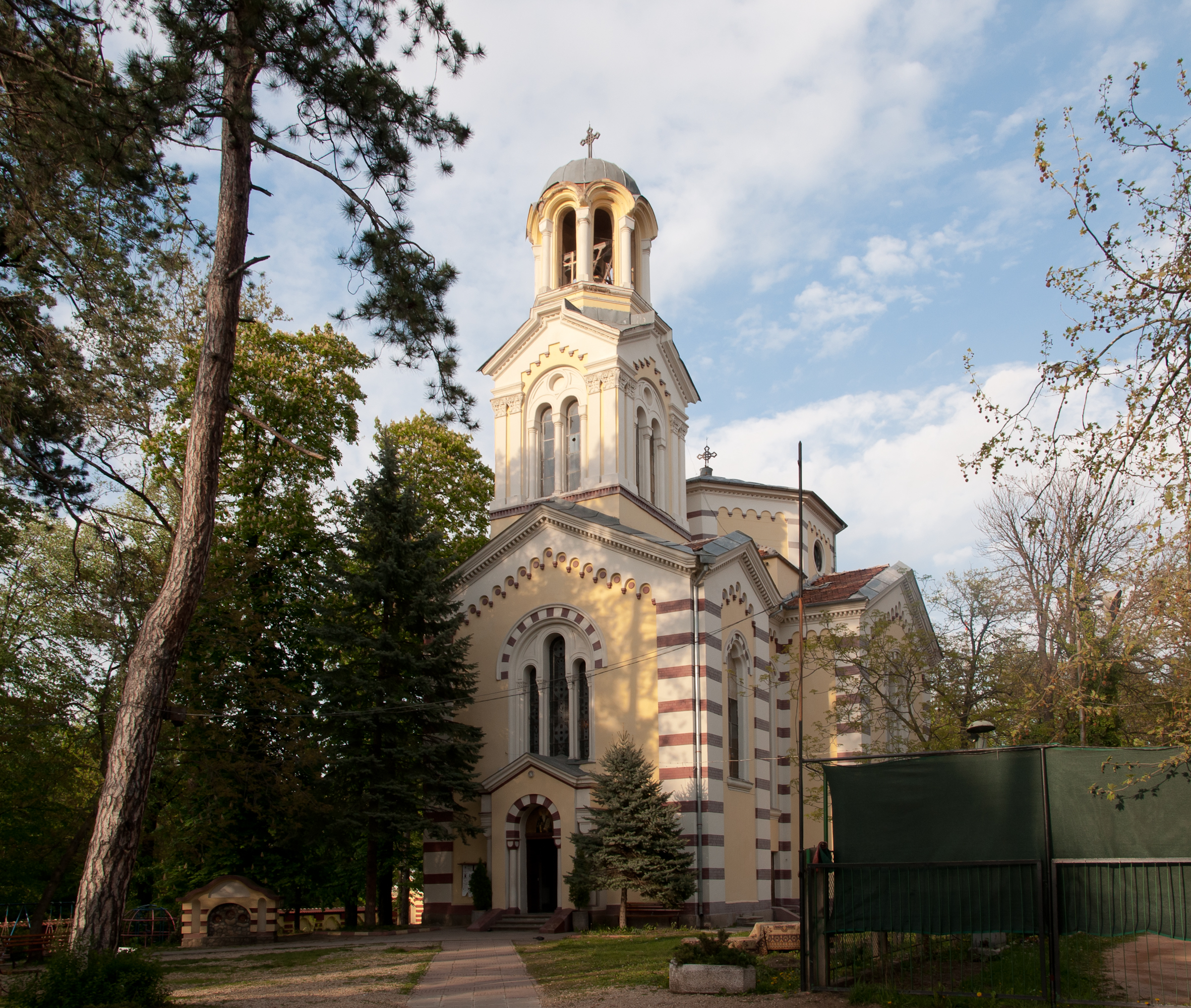Sofia Seminary on:
[Wikipedia]
[Google]
[Amazon]

 The Sofia Seminary of St
The Sofia Seminary of St
Official website
Schools in Sofia Buildings and structures of the Bulgarian Orthodox Church {{seminary-stub
 The Sofia Seminary of St
The Sofia Seminary of St John of Rila
Saint John of Rila, a.k.a. Ivan of Rila ( Bulgarian: Свети преподобни Йоан Рилски Чудотворец, Svеti prеpodobni Yoan Rilski Chudotvorеts; English: Saint (monk) John of Rila the Wondermaker) (876 – c. 946) w ...
( bg, Софийска духовна семинария „Св. Йоан Рилски“, ''Sofiyska duhovna seminariya „Sv. Yoan Rilski“''), located in Sofia
Sofia ( ; bg, София, Sofiya, ) is the Capital city, capital and List of cities and towns in Bulgaria, largest city of Bulgaria. It is situated in the Sofia Valley at the foot of the Vitosha mountain in the western parts of the country. ...
, the capital of Bulgaria
Bulgaria (; bg, България, Bǎlgariya), officially the Republic of Bulgaria,, ) is a country in Southeast Europe. It is situated on the eastern flank of the Balkans, and is bordered by Romania to the north, Serbia and North Mac ...
, is the main seminary
A seminary, school of theology, theological seminary, or divinity school is an educational institution for educating students (sometimes called ''seminarians'') in scripture, theology, generally to prepare them for ordination to serve as clergy ...
of the Bulgarian Orthodox Church
The Bulgarian Orthodox Church ( bg, Българска православна църква, translit=Balgarska pravoslavna tsarkva), legally the Patriarchate of Bulgaria ( bg, Българска патриаршия, links=no, translit=Balgars ...
and an ecclesiastical institution of high education.
Founded in 1876 in Samokov, the theological seminary continues and further develops what was started by the theological school at the Lyaskovets Monastery "St. Peter and Paul”. The Samokov Theological Seminary
Samokov ( bg, Самоков ) is a town in Sofia Province in the southwest of Bulgaria. It is situated in a basin between the mountains Rila and Vitosha, 55 kilometres from the capital Sofia. Due to the suitable winter sports conditions ...
later moved to the capital of Bulgaria as the city council of Sofia donated a lot for the construction of a separate new seminary building.
The Sofia Seminary's construction began in 1902, when Knyaz Ferdinand of Bulgaria
, image = Zar Ferdinand Bulgarien.jpg
, caption = Ferdinand in 1912
, reign = 5 October 1908 –
, coronation =
, succession = Tsar of Bulgaria
, predecessor = Himself as Prince
, successor = Boris III
, rei ...
laid the foundation stone together with the chairman of the Holy Synod
In several of the autocephalous Eastern Orthodox churches and Eastern Catholic Churches, the patriarch or head bishop is elected by a group of bishops called the Holy Synod. For instance, the Holy Synod is a ruling body of the Georgian Orthod ...
, Metropolitan Simeon of Varna and Veliki Preslav, in the presence of ministers and other influential figures. The complex, designed by Austro-Hungarian
Austria-Hungary, often referred to as the Austro-Hungarian Empire,, the Dual Monarchy, or Austria, was a constitutional monarchy and great power in Central Europe between 1867 and 1918. It was formed with the Austro-Hungarian Compromise of ...
architect Friedrich Grünanger, who united Eclecticism
Eclecticism is a conceptual approach that does not hold rigidly to a single paradigm or set of assumptions, but instead draws upon multiple theories, styles, or ideas to gain complementary insights into a subject, or applies different theories i ...
with elements of traditional Byzantine architecture
Byzantine architecture is the architecture of the Byzantine Empire, or Eastern Roman Empire.
The Byzantine era is usually dated from 330 AD, when Constantine the Great moved the Roman capital to Byzantium, which became Constantinople, until the ...
, was completed towards the end of 1902 and inaugurated on 20 January 1903. The Seminary Church of St John of Rila, a one-naved cross-domed basilica, was opened on 26 October 1904, St Demetrius' Day.
During the Balkan Wars
The Balkan Wars refers to a series of two conflicts that took place in the Balkan States in 1912 and 1913. In the First Balkan War, the four Balkan States of Greece, Serbia, Montenegro and Bulgaria declared war upon the Ottoman Empire and defe ...
(1912-1913) and the First World War
World War I (28 July 1914 11 November 1918), often abbreviated as WWI, was one of the deadliest global conflicts in history. Belligerents included much of Europe, the Russian Empire, the United States, and the Ottoman Empire, with fig ...
(1914-1918) the seminary complex was used as a wartime hospital, and the Agrarianist
Agrarianism is a political and social philosophy that has promoted subsistence agriculture, smallholdings, and egalitarianism, with agrarian political parties normally supporting the rights and sustainability of small farmers and poor peasant ...
rule of 1920-1923 opened an agricultural faculty inside. The events after the Second World War
World War II or the Second World War, often abbreviated as WWII or WW2, was a world war that lasted from 1939 to 1945. It involved the World War II by country, vast majority of the world's countries—including all of the great power ...
saw the forcible moving of the seminary to Cherepish and the use of the seminary complex in Sofia in turn as a Soviet Army
uk, Радянська армія
, image = File:Communist star with golden border and red rims.svg
, alt =
, caption = Emblem of the Soviet Army
, start_date ...
headquarters (1944-1946), by the Union of the Soviet-Bulgarian Friendship (1946-1950) and a Palace of Pioneers (1951-1990).
In the spring of 1990 the buildings of the Sofia Seminary were given back to the Holy Synod and education was restored.
External links
Official website
Schools in Sofia Buildings and structures of the Bulgarian Orthodox Church {{seminary-stub